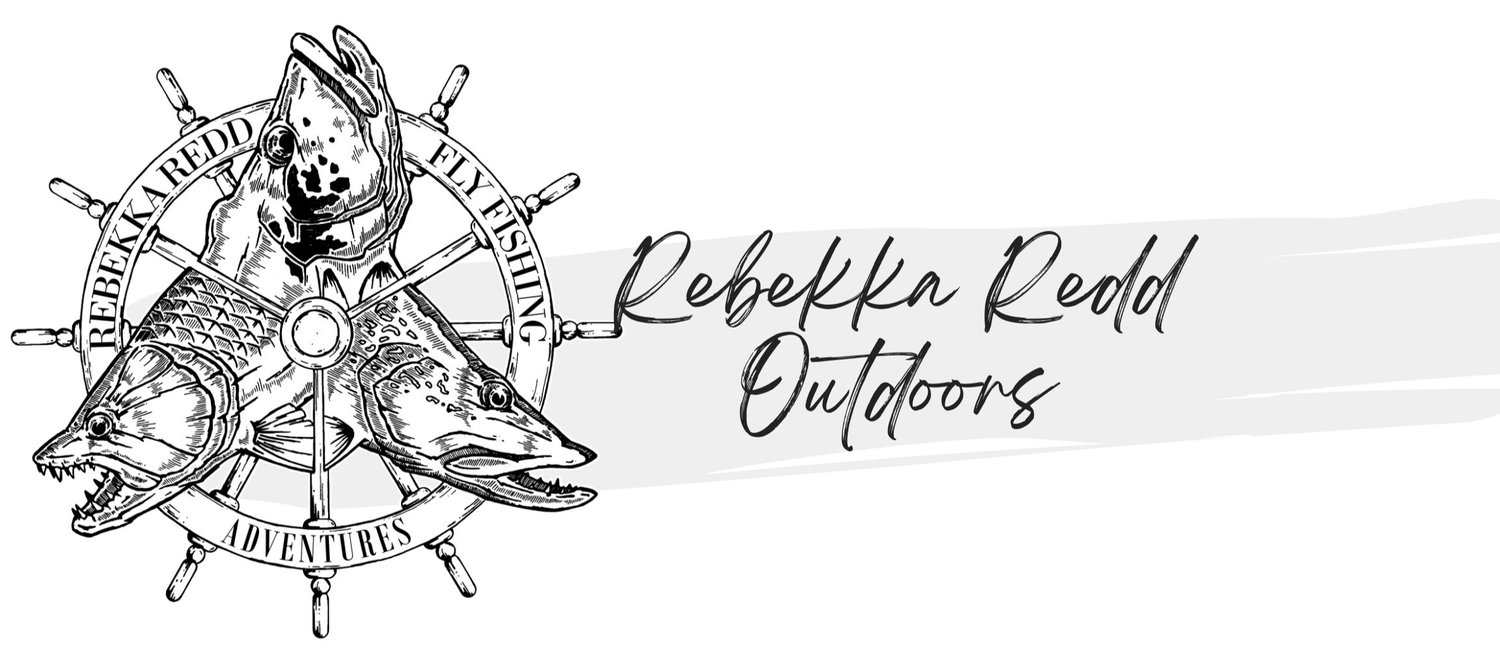Raise and train a good fishing dog
I have had furry fishing companions for as long as I can remember. Having my dog with me on the water is just part of life, and I wouldn’t have it any other way. When we love our dogs, we enjoy the bond created when we share outdoor experiences together, and those experiences create memories that we always take with us.
I really enjoy taking my dogs with me, and I have recently introduced a new pup to my pack. Countless adventures and generations of furry fishing/travel buddies have taught me quite a few lessons.
It’s important to consider the following info when planning to take your puppy with you when fishing and other outdoor activities.
One thing I have learned when it comes to dogs and fishing is that not every dog is a good fishing pal. Looking for a good fishing dog isn’t easy – breed & temperament will be a huge part of the success – but most of all training and socializing. Learning to work as a team will make all the difference, and as is true with any type of training, the amount you put into it will dictate with what you get out of it.
Socialization:
Start them young. Once you bring your puppy home, socialization for a good natured temperament is the key. Save yourself the horror of being river-side when your dog becomes aggressive or threatens to bite a stranger. That’s a big “no-no”! Did you know your dog should see at least 400 people by the time it’s 16 weeks of age? Most dog owners don’t socialize their pets nearly enough, and having a good fishing buddy starts with a dog who is friendly and well mannered.
I recommend signing your pup up at training school, with positive reinforcement being key. It has to be fun! I have had great experiences with the The Dog House / Canine enrichment centre.
Their classes offer your pup an excellent opportunity to socialize with people and other dogs, plus the opportunity for you to have one on one time with a pro.
Training:
This is where things get outdoor specific. Every good dog owner should socialize their dog, but you want a dog who is well behaved when you take him/her on adventures into the wild. This will set the tone for every trip you have together, so make sure you work hard with your pup.
Three commands I advise in training and use frequently during outings are a solid re-call on your pup, the “lay down” and “stay”.
These should be taught by the time they are 8 months to a year old. They need to know when it is ok to roam along the bank or when they should sit quietly by your side. Having a dog as a fishing buddy isn’t as fun when they leap into every pool and scare all the fish!
Don’t spoil ‘em!
It’s tougher to be the leader if you let your pup have their way around the house. A well trained dog will know to fall in line when you give a command, and although it is tempting to give them toys and treats they haven’t earned or let them do whatever they please, it will undermine your position as alpha. Reinforce good behavior, but never reward bad behavior and avoid coddling them or randomly rewarding them for no reason, as it will confuse their training.
Experience:
Taking your dog out with you is like taking a kid out. You get to see them experience the trails, lakes, rivers, and environment for the first time and share that joy of freedom with them. I get as much enjoyment out of having my best friend with me as I do from the fishing itself! The sooner you begin taking your pup out fishing, the more fun your experiences together will be in the future, so start as soon as you feel they are ready. At first it will be mostly about them. You will need to watch them closely and continue the training you’ve been working on in this new environment. Gradually you will be able to concentrate on fishing again while you spend time with your companion.
Etiquette:
Be responsible with your pet whenever you are in the outdoors, and especially if you are near other people and/or their pets. When on the water be mindful of them and remember that not everyone enjoys your dog like you do. A good re-call instilled at a young age will last a lifetime and make life much easier if your dog strays too close to others or too far from you. I do fish with my dog often, but only when I know I’m the only one on the river, and if I do run into someone I make sure I never let my dog impose on their personal fishing space. I’d also never trust others to watch out for my dog as they cast!
Safety :
When I fly fish with my best buddy “Rebel” his training comes into call. This is where I ask him to “lay down” and stay on the bank as I swing flies. He’s really good about it. I always use barbless flies on the off chance he ends up becoming the “catch”, but thankfully that has never happened! As I’ve already mentioned, keeping your dog close and not letting them wander too far is a good idea for their safety and yours. Remember that you are in a wild place with other creatures that could potentially harm your buddy or you if provoked or threatened. A good “stay” command combined with a strong recall will keep you both safe.
Advice: If you’re going to allow your dog into the water to potentially catch fish himself (he’d have to be mighty good at it!), know all the different species of fish that are present. Some can actually harm your dog if they ingest the fish’s blood or outer skin. Salmon Poisoning Disease can kill your dog if it comes into contact with the Nanophyetus salmincola parasite that itself is infected with a microorganism called Neorickettsia helminthoeca.
Hunting season: Fluorescent orange is a must. A friend of mine told me a great tip. Buy a blaze orange toque, cut the top off so it can go over the dogs head and it wears around the neck. That way any hunters in the area will know not to shoot. Cheap and effective! It’s like a bright blaze orange buff!
Boating: If you are fishing from a boat please use a dog PFD vest on your pup. These provide floatation and neoprene models also provide some warmth when you’re boating in cold waters and chilly air. It’s for peace of mind. It may seem a weird, but even a dog can panic if they suddenly find themselves overboard in the middle of a lake.
Treats
Remember, you want to reinforce good behavior in your dog. Every fishing trip is a training opportunity.
Travel:
Make sure your dog is getting enough exercise before any lengthy trip or outing. I always say a tired dog is a happy dog, well at least that goes for mine! Take note of how weather conditions affect your dog! Unfortunately our buddies can’t tell us how they are feeling, so it is important to be mindful of heat, cold, rain and other factors that can make a fun trip miserable for your pooch if you aren’t paying attention.
Make sure to bring plenty of fresh water. Dogs can’t perspire and they’ll need to drink lots of water in order to stay cool, especially when the sun is blazing hot.
For unexpected situations, pack first aid items for your dog and also a towel.
Keep a leash:
Even if you don’t use it for the majority of the fishing trip, it could come in handy. I always have a leash in my jeep and my back-pack just in case.
Other helpful reminders:
After each trip examine your dog for any abnormal behavior, ticks and or cuts.
Bring bottled water and a dish along with a snack / food for your dog. He needs to also enjoy the day. Lunch time is a good time to sit, relax and just be in the moment with your companion.
The bottom line:
The best way to handle a dog on a fishing trip is to train them and take them out regularly. After they gain experience traveling with you, being in the boat and around fishing scenarios, they will learn along with your basic training. Teaching a pup isn’t easy and I promise you there will be times of frustration – but I also promise it does get easier, and the two of you will have a lifetime of fun, memorable trips together. Happy tails!


